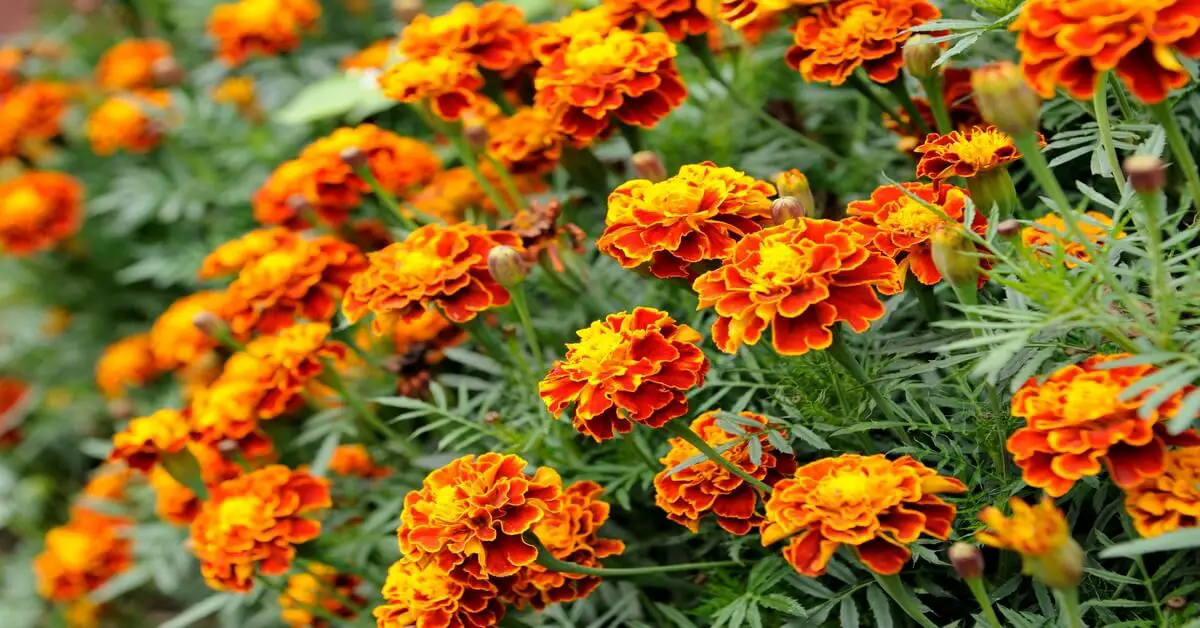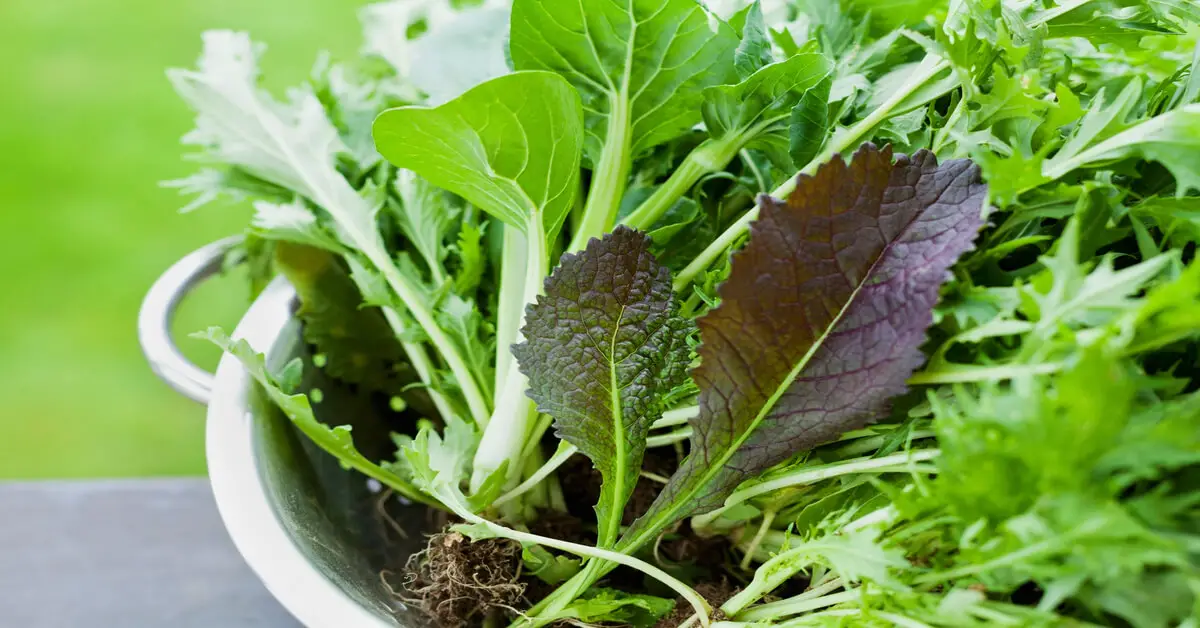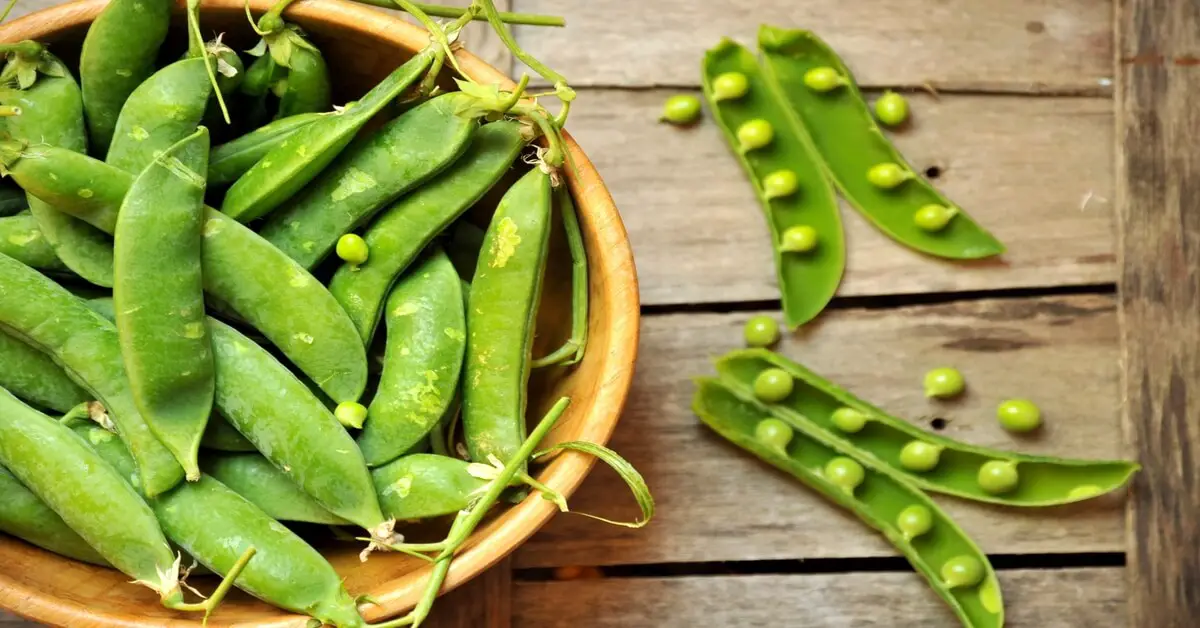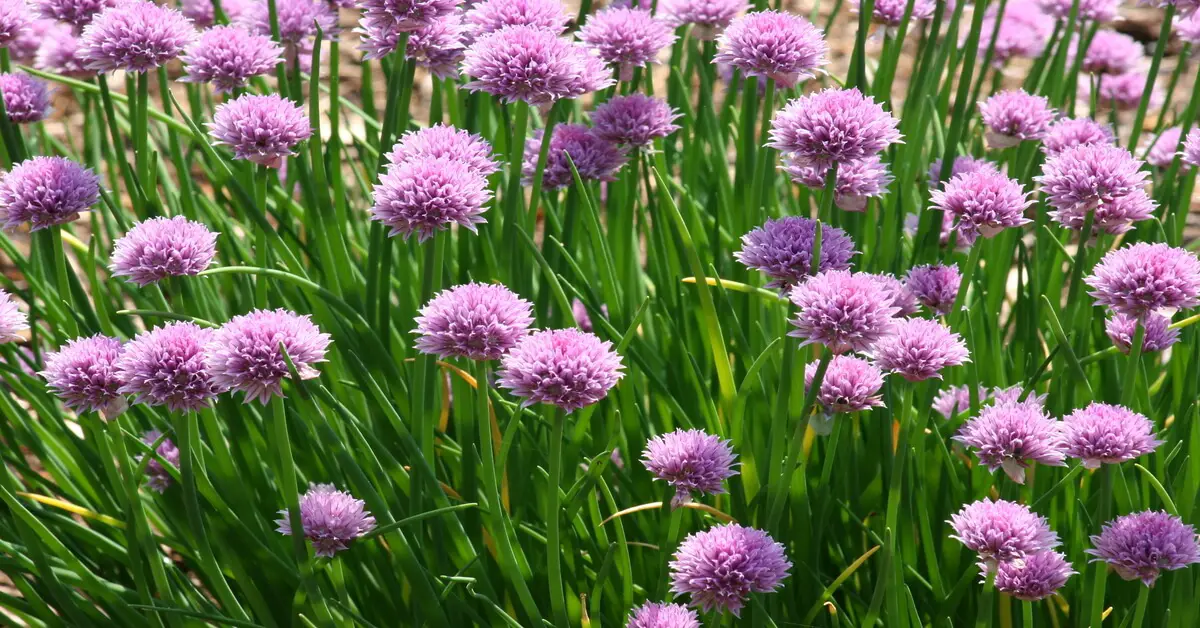Some of the links in this post are affiliate links. This means if you click on the link and purchase the item, I will receive an affiliate commission at no extra cost to you.
Garden towers are specific structures used for vertical gardening. They have multiple side pockets arranged in several levels allowing you to grow up to 50 plants in a small area. While many plants can be grown in a tower garden, we will focus on the best plants for tower gardens in this article.
There are many different types of tower gardens. Some have pumps to circulate water and grow lights to improve plant growth. The Garden Tower 2 also allows you to vermicompost in the center of the tower.
You can grow flowers, vegetables, and herbs in a tower garden. Some will grow better near the top while others do better near the bottom. Let’s take a look at which plants grow best in a garden tower.
Best Flowers For Tower Garden
A wide variety of flowers can be grown in a garden tower. The best flowers for tower gardens aren’t just pretty to look at but will also benefit the vegetables and herbs you’re growing. They can help attract pollinators, attract natural insect predators, or deter insect pests.
Marigolds

Marigolds will add beauty to your tower garden with their bright colors. These annual flowering plants will bloom from late spring until frost returns in fall. They can also help deter certain insect pests like whiteflies.
Several natural predators like ladybugs and lacewing insects are attracted to marigolds. These predators will eat insects like aphids, reducing their damage to other plants.
Marigolds will also attract pollinators to your tower garden. Pollinators will help pollinate plants like tomatoes and cucumbers.
Pansies

Pansies are another great option for growing in garden towers. They are biennial flowering plants that come in a wide range of colors.
Their blooms will attract a variety of insect pollinators to your garden. Pansies are also edible! You can harvest their flowers and mix them into a salad.
Nasturtiums

Nasturtiums can be annuals or perennials depending on the species. There are bushy, trailing, and climbing species available. Their flowers are typically red, orange, or yellow in color.
Nasturtiums help control some insect pests like aphids, cucumber beetles, squash bugs, and whiteflies. They can also attract pollinators and insect predators like hoverflies.
They are also edible. You can eat the flowers, leaves, and seed pods they produce.
Best Vegetables For Tower Garden
There are dozens of vegetables you can grow in a garden tower. The best vegetables for tower gardens are those that still produce good yields when grown vertically.
It’s important to keep in mind how you arrange certain vegetables in your tower garden. Large plants do best at the top while trailing plants do best at the bottom. You want to ensure plants growing on the same level won’t shade each other out.
Leafy Greens (Lettuce, Spinach, Kale)

Leafy greens like lettuce, spinach, and kale are some of the most popular tower garden vegetables. They can be harvested in as little as 30 days after planting.
Dwarf kale, romaine lettuce, and red romaine lettuce are all good varieties to use. They can be planted on any level of the tower.
Snap Peas

Snap peas are annual, vining vegetables that produce an edible pod. They grow well on garden towers that have a surrounding support cage. The vines will use the cage as a trellis.
Growing snap peas in a tower garden allows you to maximize yield without using as much garden space. They can be grown on any level of the garden tower.
Tomatoes

Tomatoes produce high yields when grown on garden towers. Determinate varieties tend to work best since the plants don’t get as large as indeterminate varieties. Indeterminate varieties can be grown near the bottom where you can allow them to stretch out along the ground.
Cherry tomatoes work well too. Determinate varieties and cherry tomatoes work best when planted near the top of the tower. Due to their weight and size, don’t grow more than 4 tomato plants per tower.
Root Vegetables (Beets and Turnips)

Small root vegetables like beets and turnips do well when planted in tower gardens. They don’t get as large as other root veggies like potatoes or carrots. You can eat both their roots and their leafy greens.
Both beets and turnips are ready to harvest about two months after planting. This will give you plenty of time to plant a second round of root veggies or plant something else in their place. Beets and turnips should be grown near the top of the garden tower.
Summer Squash

Summer squashes are annual herbaceous plants in the gourd family (Cucurbitaceae). They are typically bushier than winter squash varieties.
Summer squash can be grown successfully on the bottom levels of a garden tower. This keeps their large leaves from shading out other plants. This will also give them space to sprawl out a bit along the ground beneath.
Broccoli and Cauliflower

Broccoli and cauliflower are both cool-season plants in the Brassica genus. They produce an edible ‘head’ which is composed of tightly packed flower buds.
You can plant either on the bottom levels of your garden tower in early spring or fall. This will give them plenty of space to grow.
Cauliflower and broccoli are heavy plants. Keeping them lower on your garden tower will keep it from tipping over under their weight.
They don’t grow well in high temperatures, so grow something else in their place during summer.
Best Herbs For Tower Garden
Herbs grow extremely well in tower gardens. They actually tend to grow better in a garden tower than they do in the ground.
You can grow multiple herbs of the same species in a small space so you always have plenty to harvest. They can be grown on any level of your tower garden.
Basil

Basil is an annual herb in the Lamiaceae family. Sweet basil and Genovese basil are the two most common tower garden varieties to grow.
Planting 6 to 8 seeds per side pocket works best. After plants are a few inches tall, thin them out. Leave three or four of the best-looking seedlings per side pocket.
Cilantro

Cilantro is the leafy green part harvested from a coriander plant (Coriandrum sativum). It is a common ingredient used in Latin American cuisine.
Cilantro will grow quickly when given plenty of sunlight. You can cut the stems you need and it will continue to produce new leaves all season long.
Chives

Chives are a perennial plant in the onion family (Amaryllidaceae). Their green stalks will grow back from the bulbs each year.
Chives grow well in tower gardens and they will help deter insect pests, helping protect your other plants. Chives can often take over as they spread in a traditional garden. When grown in a tower garden, the individual side pockets keep them from spreading uncontrollably.
Oregano

Oregano is a woody perennial in the mint family (Lamiaceae). When grown in a tower garden, you’ll be able to harvest the leaves you need throughout the growing season.
At the end of summer or early fall, you can cut all of the leaves. Bring them inside and hang them to dry. You’ll then have dried herbs you can use throughout the winter.
Thyme

Thyme (Thymus vulgaris) is a close relative of oregano. Its tiny leaves are packed with flavor and have many culinary uses.
You can grow thyme from seeds or starter plants in your garden tower. It can be harvested and used fresh or dried for use at a later time.

